Tire Sidewall Damage – Causes & When to Replace
Sidewall tire damage is something people don’t usually see as a big issue, but to be honest, it can sometimes be very lethal if you fail to deal with it at the proper time. So, if you find yourself stuck in this issue, you should never ignore it.
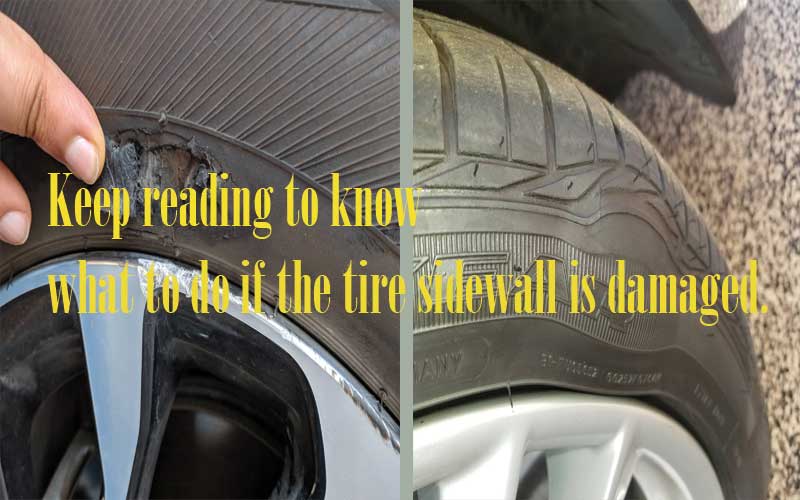
So, what do you do when your tire gets sidewall damage? How do you know when it has got worse, and you need to replace the tire? Moreover, how do you avoid the same issue with other tires in the future?
Well, all these questions will be answered in this article. By the end of it, you will be clear about this issue and how to deal with it. So, make sure you give this article a thorough read.
What Exactly is Sidewall Tire Damage?

To successfully deal with the problem, you always need to fully diagnose it first. Without getting to its base, nothing can be solved in a thorough way.
As it’s quite obvious from the name, sidewall tire damage refers to the phenomenon when there is some kind of damage that doesn’t go to the sidewalls of the tire. The complexity of damage can vary.
There may be a very minimal number of rubbers that have gotten damaged, or there may be huge chunks that have deteriorated. Other than this, bulges can also occur, which also causes serious damage to the tires.
However, one thing is for sure, once this damage starts, it doesn’t stop until it has completely destroyed your tire. Making this issue very serious and demanding immediate attention.
So, even if you are facing minor issues on the sides of your tires, you need to get it checked up by an expert as soon as possible and see where the problem is since it is extremely risky to drive with such a tire.
Causes of Sidewall Tire Damage
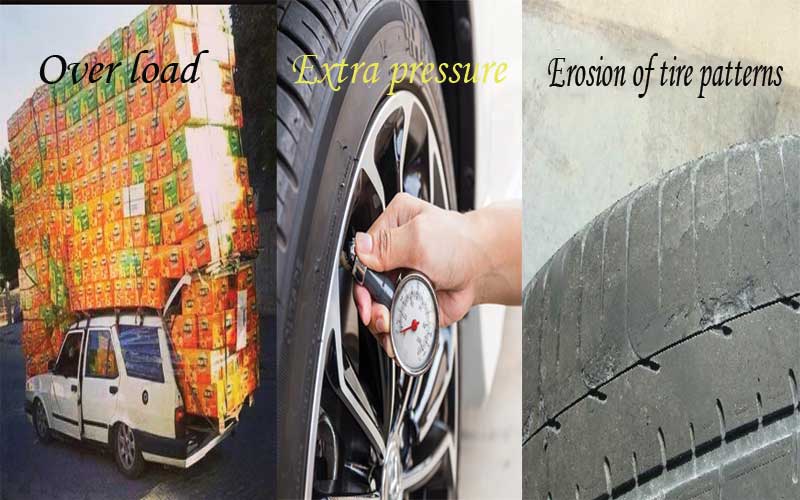
So, you might be wondering, what have you done wrong that resulted in this issue, and how you can avoid it in the future. Well, there are many reasons why it may have happened. Let’s see what those are.
Pressure
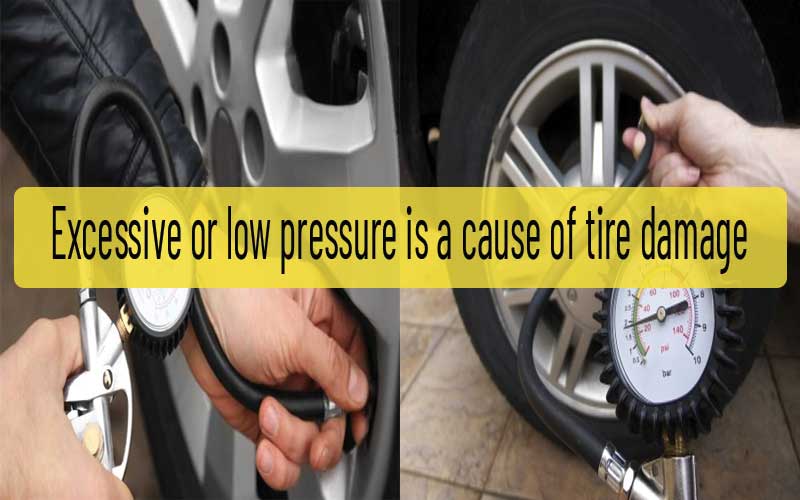
Partial inflation of the tires remains to be at the top position for being the most frequently occurring reason. Sometimes, it can be just the owner’s negligence, but sometimes, a tire may already be damaged, which can cause it to lose pressure quickly.
Following the lack of pressure, the tires get too much on their plate, and they are unable to support all the weight on the vehicle. As a result, a build-up occurs; the tire’s sidewalls get more weight than they can manage and start getting damaged.
Overload
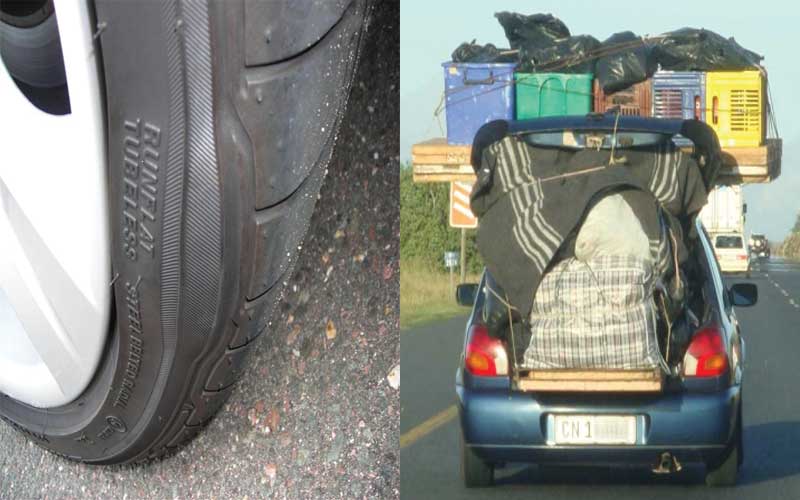
Sometimes, you may have the appropriate level of PSI in your tire, and it still might be getting damaged. Well, the thing happening here is that you’re putting more weight on your tires than they can handle.
Overloading is a serious issue and should be avoided at all costs since it’s not only the sidewalls that are damaged but the whole tire.
If you surpass a certain level of load on your vehicle, you may even get your tires exploded or flattened. However, if the load isn’t much but still more than what it should be, you can detect this by slight wobbling of the vehicle.
If you own a van or pickup kinda vehicle used for the transportation of heavy goods, there is a high possibility you’re facing this issue. So, check this one out first.
Wear and Tear
As your tires get older, they get more prone to heat build-ups since they go partially bald. What follows is that this heat-up makes the tires deteriorate very fast, a lot more than you can imagine.
Without going on a long route, tires will get hot, and their damage will follow. The cords tend to fall apart in a matter of hours when such an issue is faced. So, always look out if your tire is very worn out or is bald.
If it is and you don’t want to replace it yet, check if the cords are falling off or the tire is getting unusually hot. If so, try to avoid taking the vehicle on long routes.
Quality
There are times when nothing is in your control, especially if you buy something low quality in order to save a few bucks. However, even in the expensive tires, there could be manufacturing faults, but they are more frequent in the cheap ones.
What happens here is that due to some manual error at the production stage, enough testing isn’t done, which causes the tire to not achieve the mark of enough quality. It will overheat a lot even when it’s new and cause problems before even getting old.
Age
No matter how expensive or good quality equipment you buy, there’s gonna be a day when it’ll need to be replaced. The same is the case with tires. They tend to age depending upon their quality, and when they do, they start making problems.
In this matter, there doesn’t have to be an issue, and the only cause here is the old age of the tire—the usual age of average quality tires if around 7 to 10 years. So, if your tire has crossed that age, it’s safe to say there’s nothing wrong with your tire.
However, if your tire is coming up with problems before 5 6 years since you’ve bought, it’s definitely not due to its age.
Read Also: How To Change Tire On Car
When to Replace the Tire
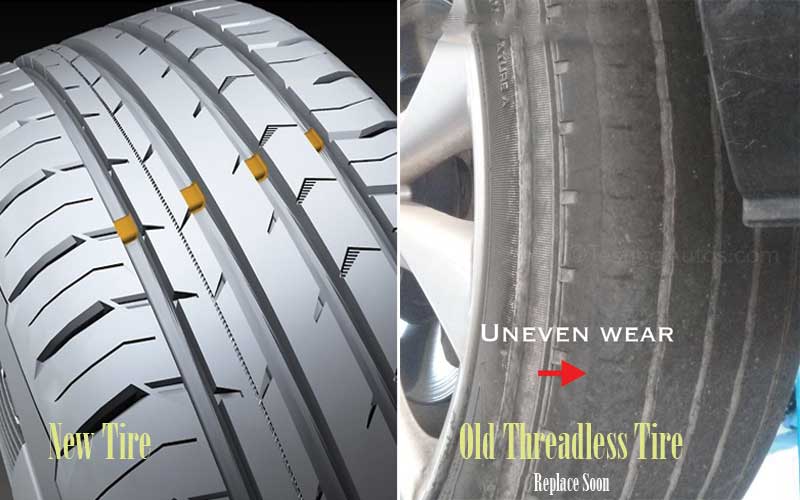
How do you know if you can fix the tire, and when do you really need to replace it? Well, it’s not a very easy question and needs some expertise to answer. Let’s see.
There are different problems, and each needs to be dealt with differently.
Pinch Shocks
Pinch shocks are a kind of sidewall damage that is quite terminal. It often occurs when you mostly use your vehicle on rough roads. This will make small bubbles appear on your sidewalls.
The reason for this is the separation of the inside and outside of the tire. Unfortunately, if this is the problem, the only solution is to replace the tire.
Tread Area Damage
Tread is the part of the tire which is directly in contact with the ground. Luckily, if you have any punctures or damage, which is not any far from the tread area, you can safely get it repaired by a mechanic.
There is no need to replace the whole tire in this scenario. However, keep in mind that the puncture is not more than ¼” in diameter.
Read Also: Best All Terrain Tire Review in 2020
Shoulder Punctures
As discussed above, this area is one step farther from the road. While the tread area was directly in contact with the road, this is where the tread meets the sidewall. The components included here are rubber, steel rings, and belts.
By taking a look, if you discover that the components mentioned above are not evenly distributed in the area and are rather roughly set apart, the tire is in trouble.
This means that the tread is not fully connected to the shoulder area, which renders the tire useless.
So, as soon as you spot this kind of issue, never think about repairing the tire and immediately get the tire replaced.
Dry Rot
Most of the problems occur with tires when they are used excessively; however, this is unique issue and actually occurs when you don’t use your vehicle a lot. When not in use, the tires develop a very dry and rough area and develop some cracks.
This issue is not visible at first, and it will just feel like you are running out of pressure very soon, and you will find yourself refilling the tires quite often,
What really happens is that these dry rots tend to leak the air from the sides of the tire, which is the reason why it gets depleted so often.
Unfortunately, there is no solution to this problem, and once it appears, it is bound to damage your tire in a short span of time, so it’s best to try to avoid it.
Make sure if you’re not using your vehicle for a long time, keep it away from sunlight since it has UV, which is responsible for all this.
Final Thoughts
Tire bursts are quite dangerous and scary; one cannot rule out the possibility that it won’t happen to them one day. Amongst many other reasons, sidewall damage of the tires is a big reason for this problem, and most of the time, the only solution to get out of this problem is to get your tire replaced.
However, finding the cause of sidewall damage is not easy, and there are certain steps involved to diagnose it properly. So, make sure you go this article fully in order to discover what could possibly be causing it.
Moreover, the article contains ample information about when to replace your tire, and when simply repairing it could suffice.
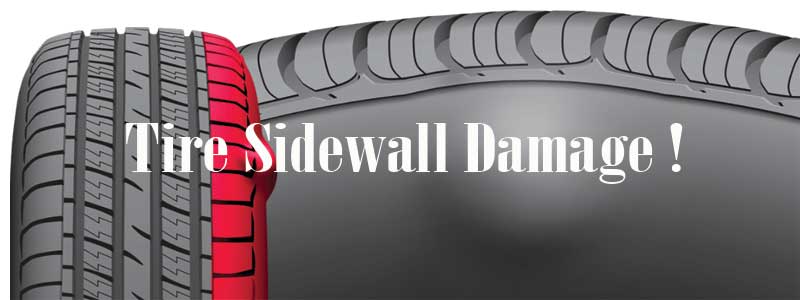

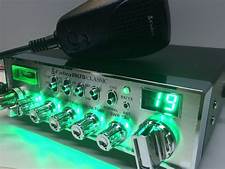



Post Comment